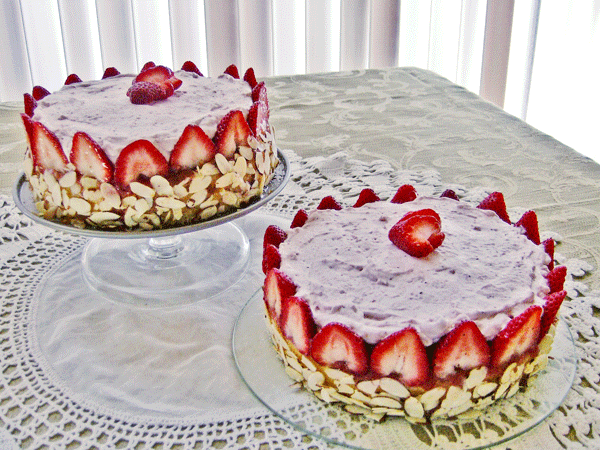Having grown up in a Catholic convent and boarding school with 30 girls, my early days were spent much like any girls who were living at home with their parents, with one exception — our free time.
When we weren’t in the classroom, our time was carefully monitored. Music and sewing lessons, daily chores — both inside and out, study hall and chapel time were all watched over by one of the Sisters. Wasted time simply was not tolerated. Looking back, we were busy and happy girls, all of this without benefit of television or radio.
We learned early on, to eat everything on our plates; there was no way to snack as the kitchen was off limits to us. Understandably so, as 30 girls opening and closing a refrigerator’s door, well, it just wasn’t feasible.
We were given fruit and crackers for our mid-morning snack, and milk with French bread slathered with butter in the mid-afternoon. Evenings prior to bedtime came dessert; none of us ever missed this time of night. Small chess pies, single-layer cakes and bread puddings, all made from our garden ingredients and milk from the cows in our barnyard graced our plates.
There was, however, the one mysterious drink placed on our tables which came in many colors. Juice, the nuns called it. This mysterious drink came to the convent’s kitchen in small, square packets, void of a labeled container which had been donated to us by the General Mills food processing plant in nearby Tacoma, Wash. It seems that whenever their food packaging lines broke down, any cans or packages that were without labeling would be thrown into a box and donated to our convent.
Mixed with cold water, this juice became a favorite treat on warm summer days. That is, until the day the pitcher came from the refrigerator with lumps on the bottom which had formed overnight. It was then that we discovered Jell-O.
Jell-O, which has the unique ability to jiggle, has been the favorite of nearly every child and has been an after-dinner delicacy for the wealthy since the 15th century. This tasteless, odorless protein is made by boiling connective animal tissues, cow and pig hooves, skin, tendons, and bones in water.
Methods were devised to dry this product, transforming this gelatin into sheets, which can still be found in the UK. In the late 1800s, these sheets were ground into powder and packaged into the little quarter-ounce packets we purchase in the U.S. today.
Later in 1904, syrups were added to the gelatin, and Jell-O as we know it today was born.
Methods have improved and uses for gelatin are many; shampoos, cosmetics, candy, marshmallows, puddings, cheesecakes and the coatings for vitamin capsules.
Agar-agar is a “vegan” gelatin made from a certain species of red algae, first used by the Japanese in the late 1880s.
Another product also made from seaweed, named Carrageen works in much the same way as the traditional gelatin, with one exception — it has the ability to gel at room temperature. Carrageen is used to thicken sauces and salad dressings and is used to improve the feel of ice cream in your mouth.
Whether choosing Agar-agar, Carrageen or the more traditional gelatin, results in cooking should be the same.
Recipe: An Easter Strawberry Charlotte
Preheat oven to 350 degrees.
One 8” cake pan buttered and floured. Line bottom with parchment.
One 8” springform pan.
15 equal-sized strawberries, stemmed and cut in half, tip to stem end.
Sponge Cake
3 large eggs ½ cup granulated sugar 1 tsp vanilla 2/3 cup cake flour 1/8 tsp. salt 2 Tbsp. melted butter
Beat eggs and sugar on high speed 10 minutes until thick and light colored. Stir in vanilla and butter.
In small bowl, whisk flour and salt.
With spatula, lightly fold one-half of flour into batter. Then fold in remaining flour. Do not overbeat.
Pour batter into pan and bake 16-20 minutes until light and spongy.
Turnout on rack and cool.
Strawberry Cream
12 oz. fresh strawberries. Process until smooth. Chill.
One envelope unflavored gelatin stirred into ¼ cup strawberry sauce. Rest until spongy and then microwave for a few seconds until melted. Then mix into ½ cup strawberry sauce. In bowl beat:
2 Tbsp. granulated sugar with 1 cup heavy cream until stiff peaks form.
Stir gelatin mixture into whipped cream. Set aside.
Assemble Cake
Place cake in springform pan.
Spread 1/4 cup strawberry sauce on top of cake.
Arrange strawberries on top edge of cake, cut side out.
Fill center of cake with strawberry cream. Smooth the top and chill in pan for several hours.













